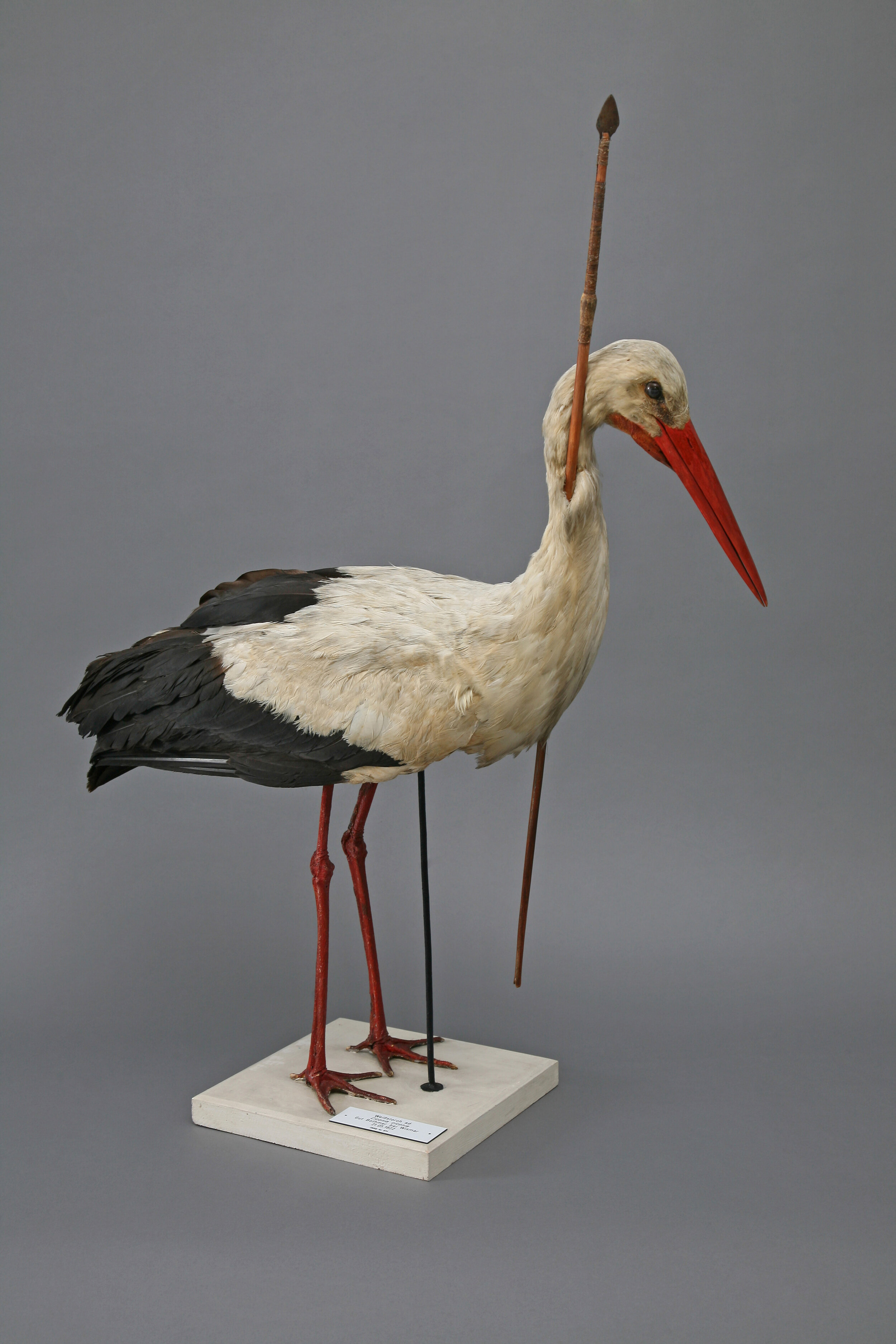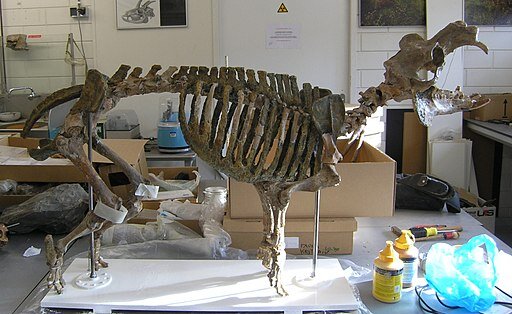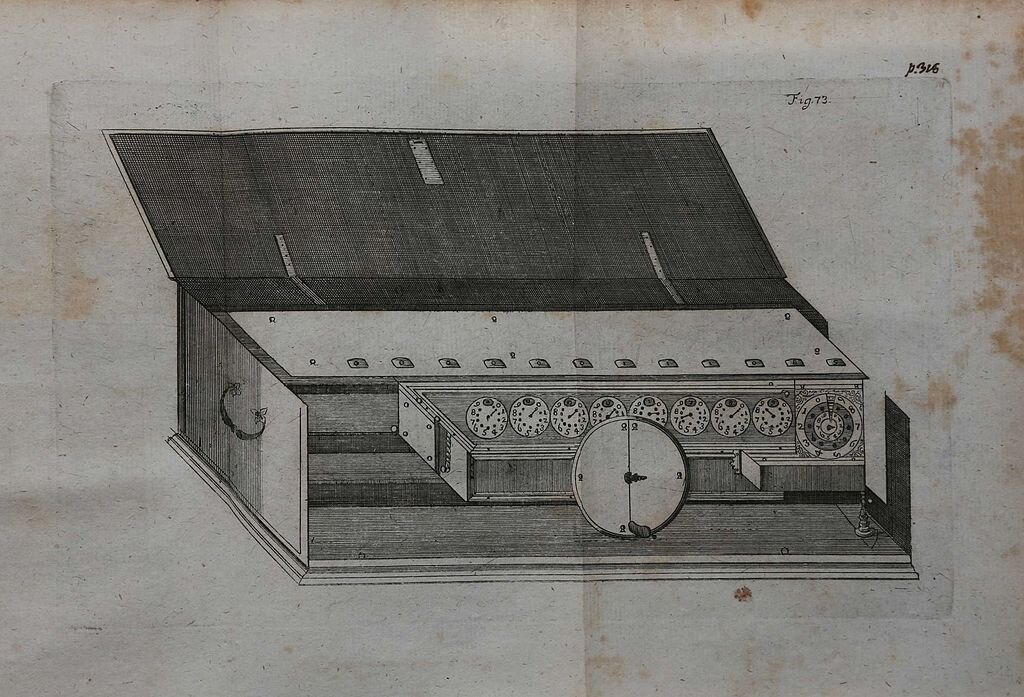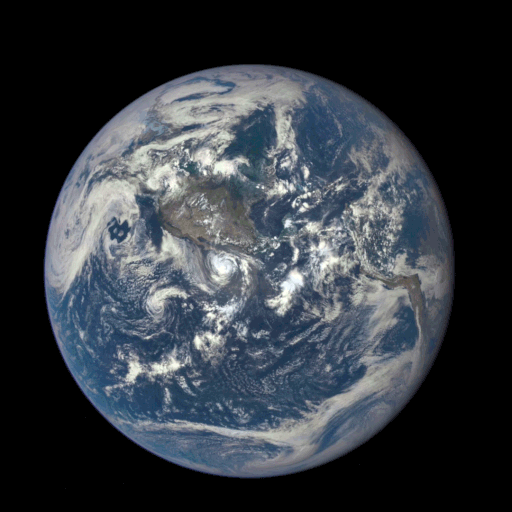
A Lunar Pandemic | AEON Magazine
“Hard as it is to believe now, in the summer of 1969, millions across the US worried that the returning astronauts would spark a lunar pandemic on Earth. Nor did their fears lack merit. Scientists, bureaucrats and engineers across the federal government and the major universities of the US had spent years preparing for that possibility. It was one potential outcome of what they called ‘back contamination’: the introduction to Earth of alien microbes that could multiply exponentially in our benign biosphere.”

The Dream of Total Information Became a Nightmare in Postwar China | Aeon Essays
“From the vantage point of today, the travails of China’s statisticians during the 1950s might appear quaint, their obsession with definitional issues and their rejection of probabilistic methods an artifact of a more ideologically driven time. That would be a mistake. The concerns that drove them are with us today, as alive and as urgent as they were 70 years ago. At their heart is a set of basic and timeless questions: what do we need to know and how should we know it?”

How Modern Mathematics Emerged From a Lost Islamic Library | BBC Future
“The House of Wisdom was destroyed in the Mongol Siege of Baghdad in 1258 (according to legend, so many manuscripts were tossed into the River Tigris that its waters turned black from ink), but the discoveries made there introduced a powerful, abstract mathematical language that would later be adopted by the Islamic empire, Europe, and ultimately, the entire world.”

When Science Was the Best Show in America | Nautilus Magazine
“From the time Peale’s Museum had opened its doors in 1786, annual attendance had averaged more than 10,000 people. Born both of science and art, it was the first true museum in the fledgling United States and the first must-see attraction not only for Philadelphians but for visitors from around the U.S. and the world. The museum’s creator, Charles Willson Peale, saw the museum as a national good.”

The Doctor Who Challenged the Unicorn Myth | Wellcome Collection
“I do not believe in the existence of unicorns and therefore the remedy of the horn of the unicorns cannot be real. Some said it looked like a horse, others said it looked like a donkey, others claimed it looked like an elephant. Some claim that there is more than one unicorn species.”

When Birds Migrated to the Moon | The MIT Press Reader
“There were many factors that led to the recognition that birds migrate to other continents rather than the moon, but one which is pretty astonishing came about in 1882 in Mecklenburg, Germany. Someone shot a white stork, and when it fell, they saw that the stork had survived a previous attempt on its life.”

En Pleine Mer: The Underwater Landscapes of Eugen von Ransonnet-Villez | The Public Domain Review
“We might place Ransonnet-Villez in the naturalist tradition, following Philip Henry Gosse, whose The Aquarium of 1854 was a high-water mark in interest in observing marine ecology at close hand. But Ransonnet-Villez deserves special mention for his dedication to conveying the sight and feel of the ocean, his literal immersion in his subject. As he explained of his diving-bell drawing excursions, “one's normal sense of distance and size is completely lost. You soon realize that in the depths of the ocean you need not only learn how to move, but how to see and hear as well.”

Digging for Dorothea | The Royal Society Blog
“Her output reflects her passion, competence and innovative thinking as a paleontologist. Between 1903 and 1907 she published 15 papers on her Mediterranean excavations and the occurrence of dwarf species, in various journals – all had to be presented by Woodward. In total she published over 80 papers and reviews, becoming an established and well-respected member of the paleontological community.”

“Let us Calculate!” | Public Domain Review
“There was a resurgence of interest in Leibniz’s role in the history of computation after workmen fixing a leaking roof discovered a mysterious machine discarded in the corner of an attic at the University of Göttingen in 1879. With its cylinders of polished brass and oaken handles, the artefact was identified as one of a number of early mechanical calculating devices that Leibniz invented in the late seventeenth century.”

Inside the Secret Math Society Known Simply as Nicolas Bourbaki | Quanta Magazine
“Bourbaki began in 1934, the initiative of a small number of recent ENS alumni. Many of them were among the best mathematicians of their generation. But as they surveyed their field, they saw a problem. The exact nature of that problem is also the subject of myth.”

How the Elements Got Their Names | Distillations
“There are bright spots. Some of the vignettes, such as that of cobalt, point us to stories we likely would never have discovered on our own. Wothers also provides surprises about what we assume we know. Take polonium, one of the radioactive elements discovered by Marie and Pierre Curie. It’s named for Poland, yes? Marie Curie (née Maria Skłodowska) was Polish born; of course she would name an element she discovered after her home country.”

Aurora Borealis(1865) by Frederic Edwin Church (1826-1900)
“Attracted by the brilliancy of the heavens, I raised my eyes upwards, and observed a very vivid Aurora Borealis casting its coruscations over more than half the hemisphere. On turning around, I saw the whole party on their knees, and evidently in great trepidation.”

A Quest to Protect the World's Last Silent Places | Outside Online
“In 2005, Gordon Hempton placed a small stone on a log in the Hoh Rainforest of Washington’s Olympic National Park, one of the quietest places in the world. He dubbed his miniature cairn One Square Inch of Silence. If he could keep the rock free of human noise pollution, Hempton reasoned, many surrounding square miles would be free of it, too.”

The Classification of Humankind, and the Birth of Population Science | The MIT Press Reader
“While others made similar claims before him — Machiavelli, for example, asserted that population will expand until “the world will purge itself” through means of plagues or famines — Malthus’s pessimistic provocation provided fertile and innovative ground for later engineers, futurists, and optimists alike.”

The Strange Ingredients Found in Vaccines | BBC Future
“In 1925, Gaston Ramon embarked upon an experiment that even he described as… “interesting”.
A few years earlier, the French veterinarian had been trying out a new diphtheria vaccine on horses, when he made an accidental discovery: some animals reacted by developing nasty abscesses at the injection site, and these ones also tended to develop stronger immune responses. This got him thinking – what else could he add to the vaccine, to encourage this to happen?”

The Moon Will Soon Have Cell Service | Popular Science
“Nokia’s proposal to adapt existing 4G/LTE technology for use on the Moon could support communications between lunar landers, rovers, habitats, astronauts, and more on the surface,” said Jim Reuter, the associate administrator for NASA’s Space Technology Mission Directorate, in an email. “This future capability could be key to a robust, sustainable presence on and around the Moon.”

Fallen - A Robert Hooke Musical | The Royal Society Blog
“To be the lead character of a musical, set against such iconic figures like Newton, Wren, Halley and Boyle, he had to be larger than life. Reading over his correspondence, the voice that came through was undoubtedly that of a genius... but so cocky!”

Comics: Old-School Distance-Learning Tools | Science History Institute
“Military training is just one example of how comics have been used in informal education for generations. But despite having taught us scientific principles and helped us understand the weather, comics have maintained a persistent reputation for being crude, cheap, and unsophisticated, if popular and fun. Advocates for comics have never been able to shake the vague suspicion that someway, somehow, a medium like that can’t possibly be good for serious learning.”

How Storytellers Use Math ( Without Scaring People Away) | Literary Hub
Dan Rockmore on Infinite Powers by Steven Strogatz and The Weil Conjectures by Karen Olsson.

Alchemy Arrives in a Burst of Light | Quanta Magazine
“The idea sounds like magic, pure and simple. You create a light beam that can make substances vanish, give them properties they shouldn’t possess, or turn them into a perfect mimic of another substance entirely. It’s 21st-century alchemy, in principle capable not just of making lead resemble gold, but of turning ordinary materials into superconductors.”